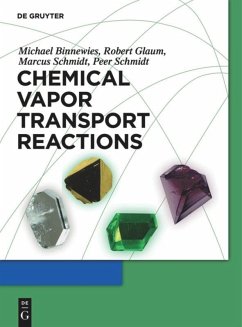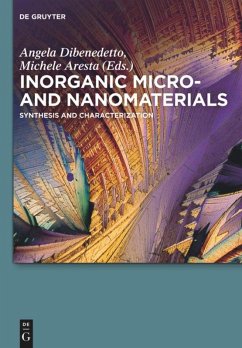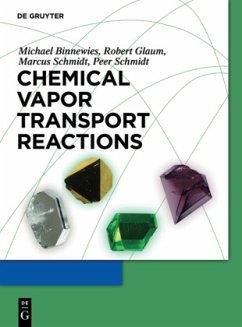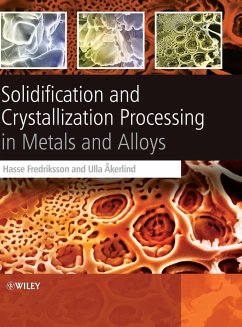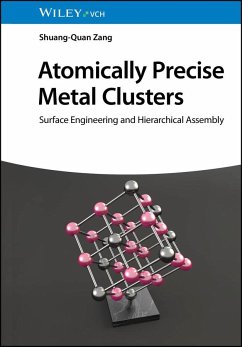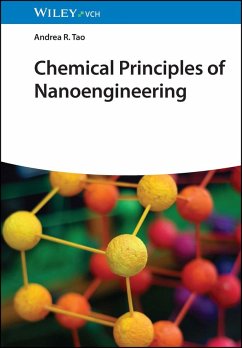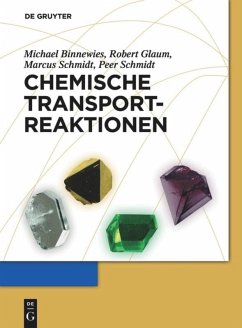Nicht lieferbar
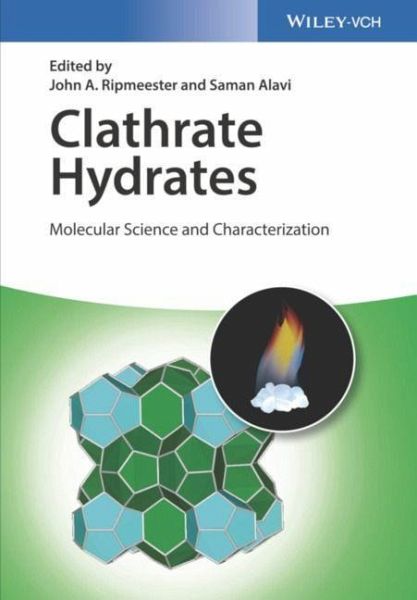
Clathrate Hydrates/2 volumes
Molecular Science and Characterization
Herausgegeben: Ripmeester, John A.; Alavi, Saman
Clathrate hydrates are crystalline water-based solids that look like ice and can carry other type of materials, either gas or liquid. Such molecules are trapped inside the cages of hydrogen bonded, frozen water molecules and keep the complexes stable. Typically, low molecular weight or natural gases can be found inside the complexes, such as oxygen, carbon dioxide and short hydrocarbons, like methane.As hydrate science has advanced, studying the molecule level details of the hydrates for a large variety of guest molecules has been enabled. This level of molecular detail can lead to a revisitin...
Clathrate hydrates are crystalline water-based solids that look like ice and can carry other type of materials, either gas or liquid. Such molecules are trapped inside the cages of hydrogen bonded, frozen water molecules and keep the complexes stable. Typically, low molecular weight or natural gases can be found inside the complexes, such as oxygen, carbon dioxide and short hydrocarbons, like methane.
As hydrate science has advanced, studying the molecule level details of the hydrates for a large variety of guest molecules has been enabled. This level of molecular detail can lead to a revisiting of some accepted notions on the behavior and structure of hydrate materials. Bringing these new insights to the attention of the community of hydrate researchers will be beneficial to advancing further research.
As hydrate science has advanced, studying the molecule level details of the hydrates for a large variety of guest molecules has been enabled. This level of molecular detail can lead to a revisiting of some accepted notions on the behavior and structure of hydrate materials. Bringing these new insights to the attention of the community of hydrate researchers will be beneficial to advancing further research.





